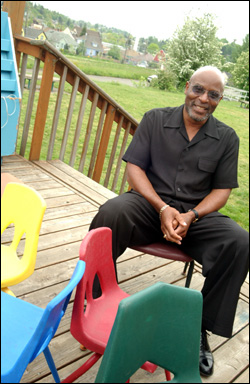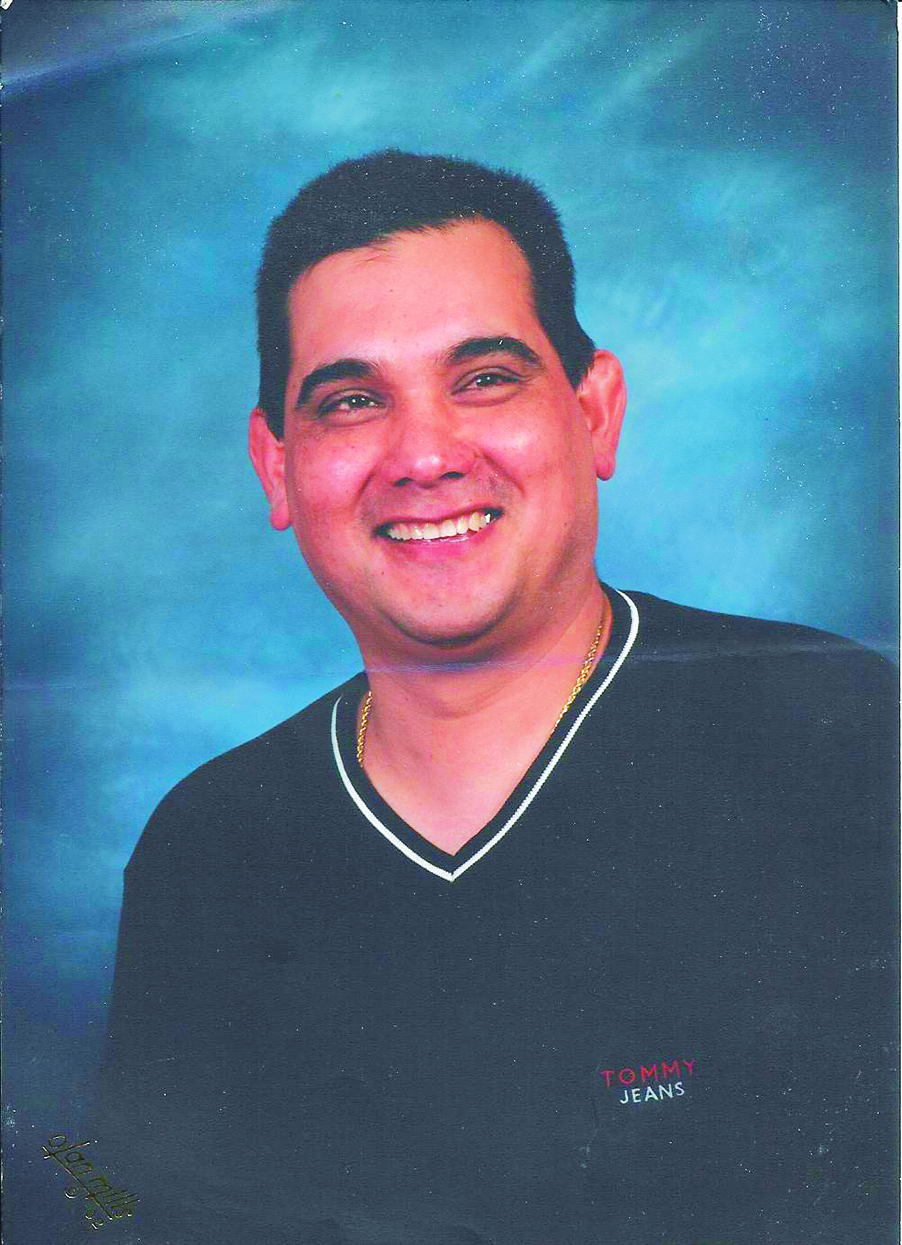The weekend before last, the Seattle School Board brought schools activists together from across the city to wrestle with some fundamental questions about the future of the district. They included the potentially ugly business of closing schools, denying some students free transportation, and reducing or even eliminating choice in favor of mandatory assignments. The same weekend, across town, a couple hundred people interested in charter schools gathered for a hastily put together conference intended to jump-start new schools now that charters are finally legal in this state.
They were a study in contrasts, the district’s conference muted and overshadowed by a fiscal cloud, the charter conference bristling with the energy of new beginnings. The two conferences together reflected both the turmoil and the opportunities on the local education scene.
Though the district’s conference was subdued, the actions it is considering around school closings, transportation, and choice—all intended to save money— are almost guaranteed to provoke uproar among the general public. Those long involved with local schools remember few times as traumatic as when the district decided to close a bunch of schools in the late ’80s. “It’s a huge deal,” says Barbara Schaad-Lamphere, a former School Board president, of the prospect of the district doing so again. “It’s so huge that staff were barred from mentioning it under a couple of superintendents at least because it’s so radioactive.”
Each neighborhood slated to lose a school is inevitably heartbroken and politically energized. And you have to wonder whether large-scale school closings wouldn’t send people packing to the private schools—a market that already captures about 30 percent of the city’s school-age children.
They’d undoubtedly run even faster should the district eliminate choice. The logic behind such a possible move is that it would save transportation costs, since everyone would be assigned to their closest “reference” school. But given the uneven quality of the district’s schools, in the North End as well as the South, many parents would find such assignments unacceptable. If they didn’t turn to the private schools, it’s likely that many would move.
Lisa Bond, president of the citywide council of PTSAs, doesn’t think it would be politically feasible to eliminate choice, at least not without a long process of consensus building. “Here in Seattle, we’ve had this tradition of choice for decades,” she says. From the district conference, and interviews with school officials, however, it’s apparent that there is a range of middle ground that might be considered apart from eliminating choice altogether. For instance, School Board Vice President Brita Butler-Wall suggests that the district could shrink the size of neighborhood “clusters,” groups of schools from which most parents choose because they receive free transportation.
There are real financial reasons why the board is considering such drastic moves. “We’re on a path to eat ourselves alive,” says the district’s finance director, Steve Nielsen. The district had to cut $9 million in next year’s budget to avoid a deficit. Nielsen projects another $4 million to $6 million deficit the following year.
The reasons are many. “It’s death by 1,000 cuts,” Nielsen says, adding that state and federal funding have not kept up with escalating costs, and acknowledging that the district blew its reserves after the overspending fiasco under previous superintendent Joseph Olchefske. The district also failed to adjust as its enrollment declined. Between the baby boom years of the ’60s and today, the district lost half its student population, which now numbers approximately 47,000. Yet it maintains almost as many school buildings—just under 100—as other districts twice as large around the country. The result is a number of schools that are considered underenrolled, from Brighton Elementary in the south (with 145 students in a building that the district says could fit 445) to Viewlands Elementary in the north (217 students in a 412-student building).
Ironically, the prospect of closing schools comes just as small schools have become the latest educational craze. The Bill and Melinda Gates Foundation has pumped millions into promoting such schools locally and around the country. In addition, thanks to a just-passed charter law, a flowering of new public schools that operate independently from local districts is upon us.
“The whole process is a gold rush,” says Jim Spady, head of Dick’s Drive-Ins and a tireless promoter of charter schools. The law operates, to some extent, on a first-come, first-serve basis. Just five charters statewide will be allowed in the next school year—45 in the next six years—and those five will be the first five to be approved by either a school board or the superintendent of public instruction. The starting date to apply for the next two school years is right around the corner, on June 10, so interested parties are furiously putting together their plans. By law, the majority of charters approved must served “disadvantaged” students.
Unsurprisingly, one contender is the Knowledge is Power Program, commonly known as KIPP, a highly acclaimed network of charter schools around the country serving predominantly poor and minority students. KIPP schools, most of them middle schools, operate according to a highly demanding formula that has students attending school from 7:30 a.m. until 5 p.m., plus alternating Saturdays and three weeks in the summer. The network is backed by a foundation, funded by Gap founders Doris and Donald Fisher, which pays prospective principals $50,000 while training them to start a KIPP school. One of KIPP’s two flagship schools has long been the highest performing public middle school in the Bronx.
KIPP wants to open a school here in the 2005–2006 school year, after picking a principal for its year-long training. “We’re confident we’ll be able to open a school somewhere in Washington state,” says KIPP spokesman Steve Mancini. A KIPP representative who came for the charter conference met with officials from the Federal Way district, which is eagerly welcoming charter applications.
The Seattle district is definitely not eager for charter applications. The School Board passed a resolution before the law was passed opposing charters, arguing that they are a money-draining distraction that, by and large, has not produced schools better than traditional public schools. Nonetheless, one of the most serious about starting a charter in this state is Doug Wheeler, director of Zion Preparatory Academy, a well-established private Christian school in the Rainier Valley teaching mostly African-American students from preschool through eighth grade. Zion couldn’t just convert into a charter; only nonprofit, secular organizations are allowed to run charter schools. But Wheeler says he is looking at developing a separate nonprofit organization to start a new school, actually two new schools: a charter middle school that would sit alongside its private school on the Rainier Valley campus, and a charter high school in Renton. Alternatively, he says, he could lease a portion of his sprawling, 7.3-acre campus to another organization that would start a charter.
One way or another, he says, he is determined to make a charter happen in Seattle. “My whole dream is to see parents in the inner city have true choice,” he says. He notes that charters have the advantage over private schools in being free to students, since they are publicly funded—Zion currently charges tuition of $3,500 a year.
“Whatever it will take—whether it’s a long fight, whether it’s having people turn us down—I want to be the one to lead that charge [for a charter],” Wheeler says. According to the law, Wheeler must apply to his local school board first for a charter, and if turned down, can then appeal to the superintendent of public instruction. Without school board approval, however, a charter is not eligible for local levy money.
Another charter enthusiast who has not written Seattle off is T.J. Vassar, an African-American former School Board member who now administers a program at private Lakeside School that targets underachieving kids. “I think the real need is right in the heart of Seattle,” he says. Vassar says he recently visited a charter school started by tennis star Andre Agassi in his hometown of Las Vegas, and was blown away by how well African-American kids were succeeding there. He is exploring potential partnerships for starting a charter, and says that community demand may force the Seattle district to acquiesce.
Likewise, Dawn Mason, the African-American former state legislator, isn’t taking no for an answer from the Seattle School Board. Mason is on the board of First Place, a private, nonprofit school for homeless kids in Seattle. The school asked Mason and another representative to attend the charter conference and prepare an analysis about the possibility of becoming a charter school. When asked about the School Board’s opposition, she gives a sideways grin and says sotto voce, “I’m a politician.” Then, as if for the cameras, she demonstrates, saying: “The school district would look pretty mean not to support the education of the most vulnerable students—students they have already shown they are incapable of teaching.”
It’s a line of argument heard from other groups from an array of minority populations who are interested in starting a charter as well. Those groups include SeaMar Community Health Centers, based in South Park and serving a predominately Latino clientele, and the United Indians of All Tribes. Though not all have their sights set on Seattle, they uniformly argue that traditional public schools have failed their kids and ask, Why not try something new? Like it or not, the Seattle School District, on top of everything else on its plate, is likely going to have to revisit the topic of charters sometime soon.








